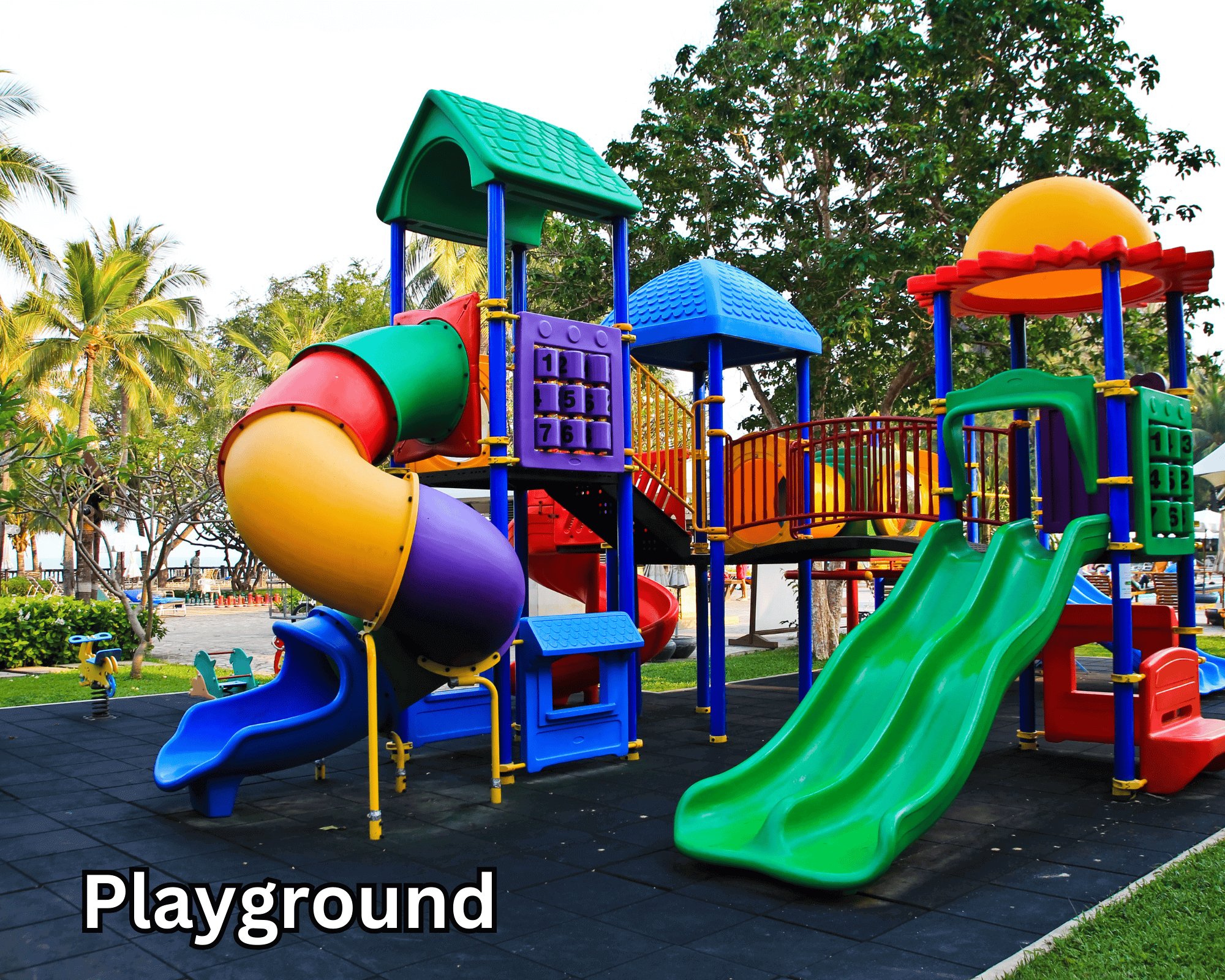Simple Strategies to Improve Reading Comprehension for Your Child
You can improve reading comprehension for your child with these simple but practical and effective strategies to make reading a joyful experience.
1. Set the Foundation: Choose the Right Books
It all starts with selecting books that capture your child’s interest and are appropriate for their reading level.
- Interest-Based Choices: Find topics your child loves—whether it’s dinosaurs, superheroes, or mysteries.
When they’re engaged in the subject, they’re more likely to understand and enjoy the story.
 Young girl reading a book at her desk with letters on the wall paper behind her.
Young girl reading a book at her desk with letters on the wall paper behind her.- Age and Level Appropriate: Pick books that match your child’s reading level to avoid frustration. Too challenging, and they might lose interest; too easy, and they may not be challenged enough.
Encouraging a love for reading begins here. When children see reading as something enjoyable, they’ll naturally want to improve their comprehension skills.
2. Read Aloud Together
Reading aloud is one of the most powerful ways to improve reading comprehension because it allows your child to hear fluent reading and understand the rhythm and flow of language.
- Model Fluent Reading: Let your child hear your tone, emotion, and pacing. This teaches them how sentences work to create a story.
- Pause to Discuss: Take breaks during reading to ask questions or summarize parts of the story.
This way you can be sure that they understand the story and it encourages them to think about it more clearly.
- Use Expressive Voices: Get creative! Using different voices for characters can make the story come alive, keeping your child engaged.
3. Ask Questions While Reading
Turn the story into an interactive experience, this helps your child connect more deeply with the tale.
- Before Reading: Start with questions like, “What do you think this book might be about?” or “What do you think will happen in this story?”
- During Reading: Pause occasionally and ask, “What do you think will happen next?” or “Why do you think the character did that?” These questions encourage active engagement.
- After Reading: Finish with questions like, “What did you learn from the story?” or “Which part did you like the most?” Reflecting on the story reinforces comprehension.
Asking questions is a simple yet effective way to improve reading comprehension by making your child an active participant in the story.
4. Encourage Visualization Techniques
Encourage creating mental images to enhance memory and understanding.
- Use Descriptive Passages: Choose books with rich descriptions and encourage your child to imagine the scenes in their mind.
- Draw What They Imagine: After a reading session, invite your child to draw a scene from the book. This will help them remember the key details of the story.
- Encourage Mind Movies: Teach them to picture the story like a movie playing in their head, focusing on colors, sounds, and even emotions.
 Young girl holding a book while sitting on books and many more books on each side of her.
Young girl holding a book while sitting on books and many more books on each side of her.5. Summarize the Story Together
Summarizing a story is an excellent way to check for understanding and reinforce key details.
Retell the Story in Their Own Words: After reading, ask your child to tell you what happened.
Encourage them to explain it from the beginning to end, using as much detail as they remember.
Create a Story Map: Use a simple story map with elements like “Who,” “What,” “When,” “Where,” and “Why.” This will help them organize their thoughts.
Break It Down: For longer books, summarize each chapter or section to make sure they’re following along.
6. Practice Making Predictions
Predicting what will happen next engages children’s critical thinking skills and makes them active participants in the story.
- Encourage Guessing: Ask, “What do you think might happen next?” before turning the page. Making predictions keeps them curious and focused.
- Reflect on Predictions: After reading a chapter or page, revisit their guesses to see if they were correct. Discussing why they were right or wrong helps them think about story structure.
- Discuss Clues in the Text: Point out how clues in the story hint at what might come next. For example, a character’s actions or emotions often foreshadow events.
When children learn to predict outcomes, it encourages them to read with intention, a core part of improving reading comprehension.
7. Build Vocabulary Skills
A strong vocabulary is essential for understanding what they read.
- Introduce New Words: Point out unfamiliar words and explain their meanings.
- Use Context Clues: Teach your child to look for clues in surrounding sentences or paragraphs to figure out a word’s meaning.
- Keep a Vocabulary Journal: Create a special notebook where your child can write new words and their definitions. Revisiting these words will boost their memory and comprehension over time.
8. Re-Read Favorite Stories
Re-reading familiar stories gives children a chance to catch details they may have missed and deepens their comprehension.
- Read for Pleasure: Encourage your child to choose books they want to read again, even if they’re well-loved stories. Repetition reinforces understanding.
- Notice New Details: On a second or third reading, help them notice things they may have missed the first time around.
- Build Confidence: When they understand a story better through re-reading, they feel more confident, which can inspire them to tackle new stories.
This can be a comforting and rewarding way to improve reading comprehension, especially with stories that hold a special place in their heart.
9. Encourage Daily Reading Practice
Regular practice is key to building any skill, and reading comprehension is no different.
- Set a Routine: Create a daily reading time—whether it’s before bed, during snack time, or after school. Consistency helps make reading a habit.
- Be Their Reading Role Model: Show them you enjoy reading too. Reading together or even just being seen with a book can motivate them.
- Create a Reading Nook: Set up a cozy, quiet space in your home where they can enjoy their reading time.
By practicing daily, your child will gradually improve their comprehension skills and begin to feel at ease with more complex stories.
10. Praise Their Progress
Reading comprehension takes time, so celebrating small successes along the way can be encouraging.
 Family of five sitting up at the counter and are looking at and reading colourful flyers.
Family of five sitting up at the counter and are looking at and reading colourful flyers.- Acknowledge Their Efforts: Recognize when they answer questions, retell a story, or show improved understanding.
- Celebrate Small Wins: Even small accomplishments—like figuring out a new word or making a correct prediction—are worth celebrating.
- Stay Patient and Positive: Improvement doesn’t happen overnight. Offer consistent support, and remember that patience and positivity make all the difference.
When your child feels successful, they’re more likely to continue working on their reading comprehension skills with enthusiasm and confidence.
Final Thoughts to Improve Reading Comprehension
Helping your child improve reading comprehension doesn’t have to feel like a chore.
Just include these strategies into your daily routine enhancing your child’s reading skills and teaching a lifelong love for reading.


















